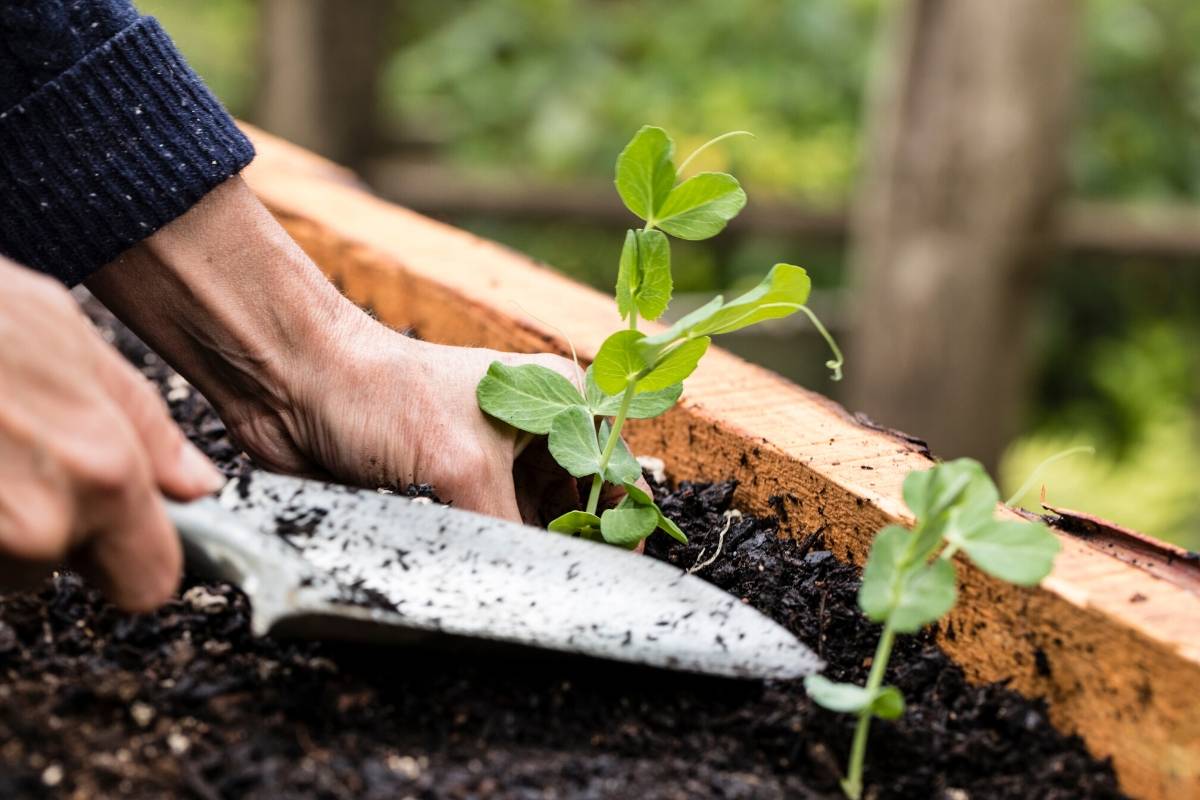Mid-winter is upon us and while the cold weather is often not ideal for spending long amounts of time outside tending to your veggie patch, you might find some of your earlier planted autumn-winter crops are ready for harvest now. If you are harvesting mature crops now, there is still time to succession plant some of the faster growing vegetables such as lettuce, rocket and radish and get another crop grown and harvested before spring.
July is also a great time to start planning your spring garden and consider investing in a mini indoor greenhouse or heated propagation kit, so you can get a head start on germinating your tomato and capsicum seedlings ready for spring.
While our stock levels are still recovering from the pre-lockdown seed buying frenzy we are working hard to get things back into stock as quickly as possible and are on target to have most of our seed varieties available again for purchase before spring. For those avid gardeners who have already purchased seeds for many seasons to come, we have some seed storage tips on how to retain seed viability.
Seeds to Sow in July
The links below list more seeds that can be sown now in each climate. Click to browse:
▩ Cold Climate: Tasmania, Melbourne, Mt Gambier, Canberra, etc.
▩ Moderate Climate: Sydney, Perth, Adelaide, etc.
▩ Warm Climate: Brisbane, Bundaberg, Carnarvon, etc.
▩ Tropical Climate: Broome, Darwin, Cairns, Townsville, etc.
▩ Not sure which climate? Click here.
Weather
We are likely to see the heaviest frosts throughout July, so keep frost sensitive plants well sheltered or covered. Don’t fuss about frost hardy vegetables such as peas, spinach, silverbeet, kale, cabbage, broccoli, carrots and beetroot – these can all withstand very cold temperatures!
Sprouts and Microgreens
If you prefer to stay indoors during the winter months you can still grow sprouts and microgreens. They are quick and easy to grow, all you need is a sprouting jar and they are highly nutritious, delicious to eat and fun to grow with kids.
Pruning Citrus
July is a great time to prune citrus trees after you have finished harvesting fruit and before they set flowers again. Prune off all dead wood and remove any swollen stems caused by citrus gall-wasp (remember to dispose of these in the bin or in a fire, and not in your compost!). Ensure to maintain an open vase shaped tree and remove any branches crossing over others to ensure your tree has adequate ventilation and light to prevent against pest infestations.
Indoor Plants
Winter is an excellent time to refresh your indoor plants and top up soil or re-pot if required. Feed them with indoor plant fertiliser specifically to support foliage growth. Ensure plants are located in a position where they will receive adequate sunlight over the winter months. If your indoor plants are positioned directly next to a heating unit or have hot air blowing directly on them, then consider moving them before they dehydrate and dry out. Heating often decreases humidity indoors, which indoor tropical plants rely on, so if you notice your leaves are drying at the tips then consider misting the foliage with water in the mornings twice a week.
Bare-rooted plants
Bare rooted fruit trees, berries and roses are usually readily available at this time of year and they are a great way to fill your garden and save some money on purchasing a potted plant or tree. Bare rooted plants are in their dormant phase between June and August so now is a terrific time to buy and plant them to ensure they are well established in your garden before the heat of summer.
Prepare for Spring
While you are sitting inside keeping warm on these cold frosty mornings, it is always a bit of fun to start browsing our online seed catalogue and begin planning your spring vegetable patch- we always have some exciting new varieties being added to our inventory! Remember to work out which of your beds are best suited to growing which vegetables; a full-sun position means at least 6 hours of direct sun per day. Plan to rotate crops as much as possible; planting the same crops in the same beds as you did last year can cause pest problems and deplete available nutrients in your soil eventually impacting soil structure and stability.






